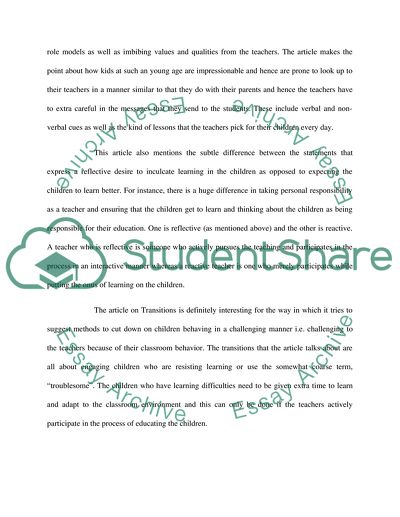Cite this document
(“Planning Transitions to Prevent Challenging Behavior Essay”, n.d.)
Retrieved from https://studentshare.org/social-science/1567734-article-review-as-per-attached-articles
Retrieved from https://studentshare.org/social-science/1567734-article-review-as-per-attached-articles
(Planning Transitions to Prevent Challenging Behavior Essay)
https://studentshare.org/social-science/1567734-article-review-as-per-attached-articles.
https://studentshare.org/social-science/1567734-article-review-as-per-attached-articles.
“Planning Transitions to Prevent Challenging Behavior Essay”, n.d. https://studentshare.org/social-science/1567734-article-review-as-per-attached-articles.


